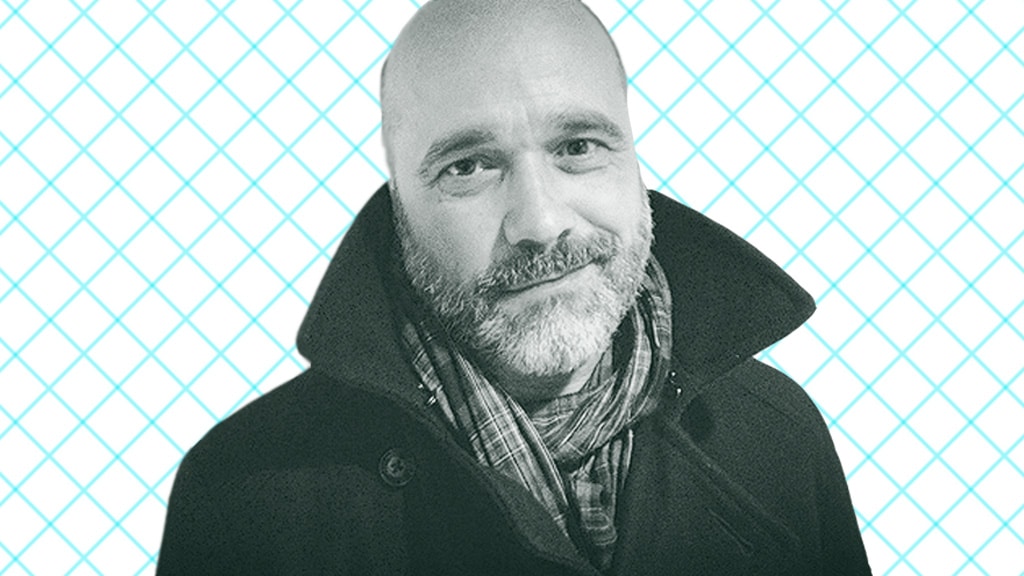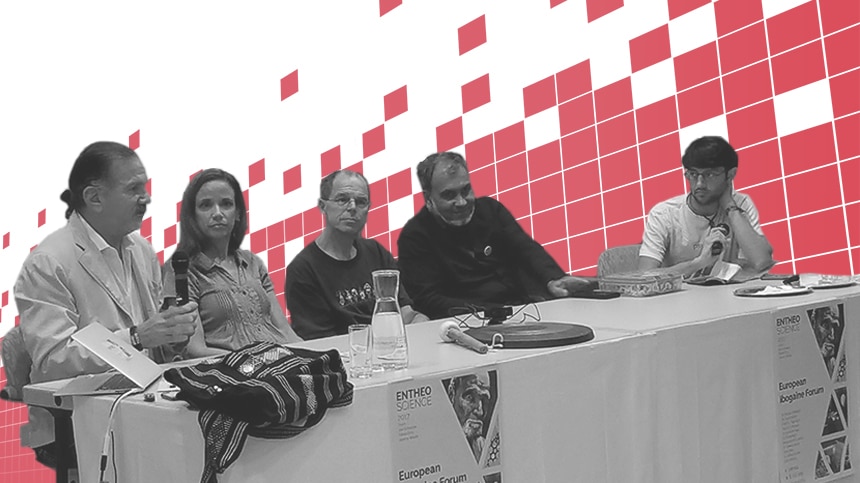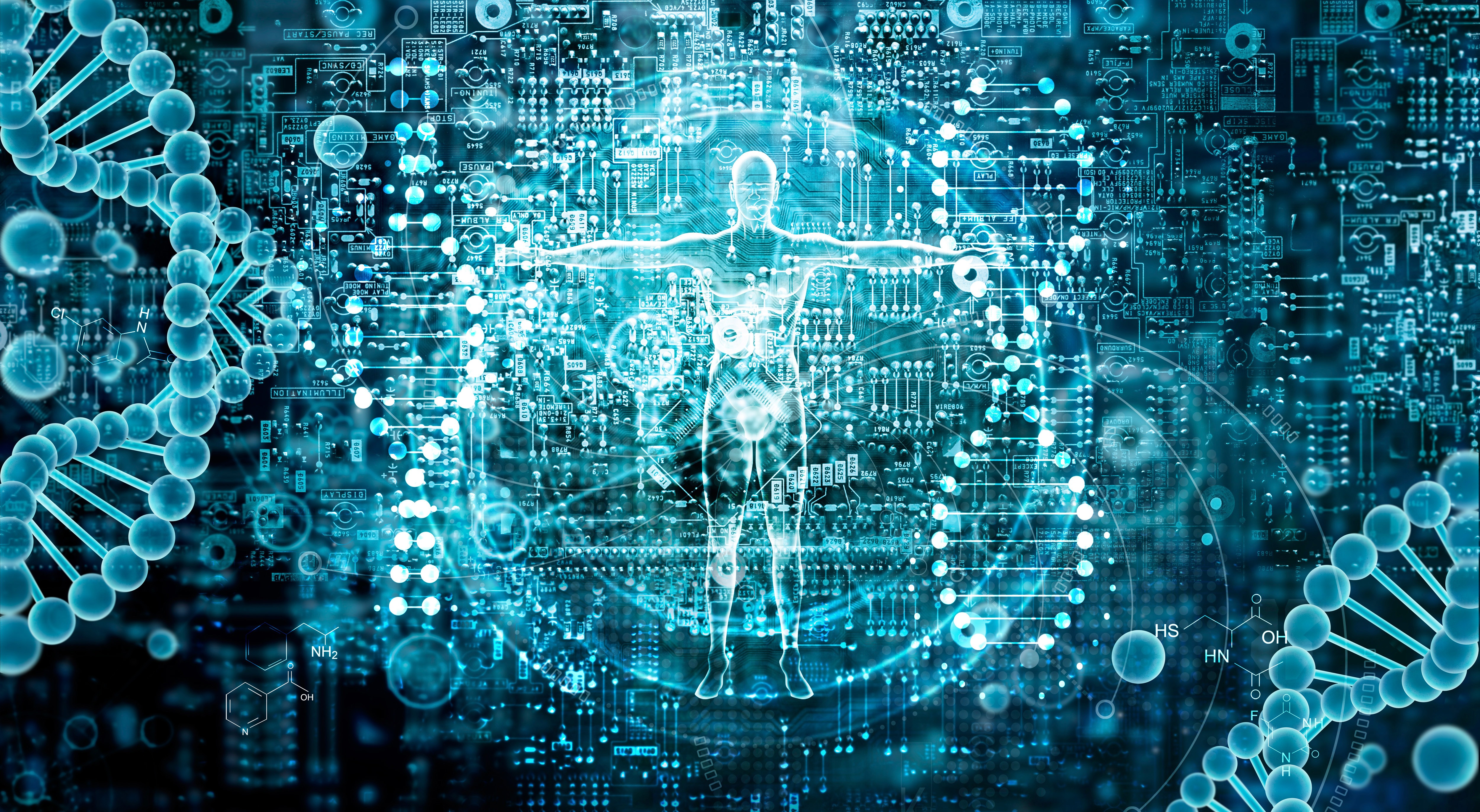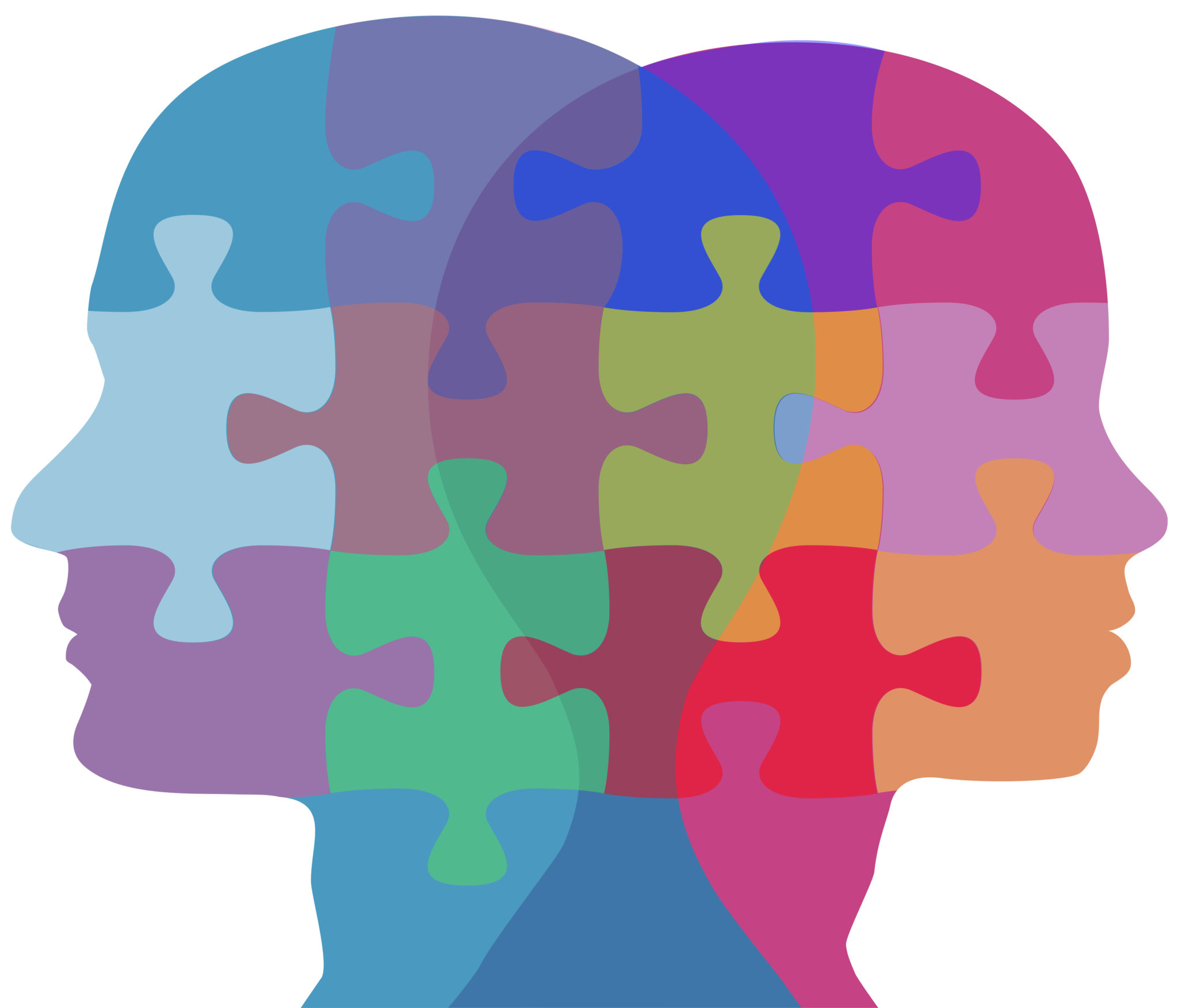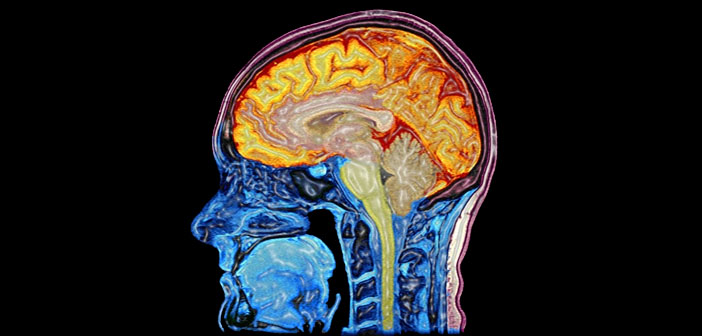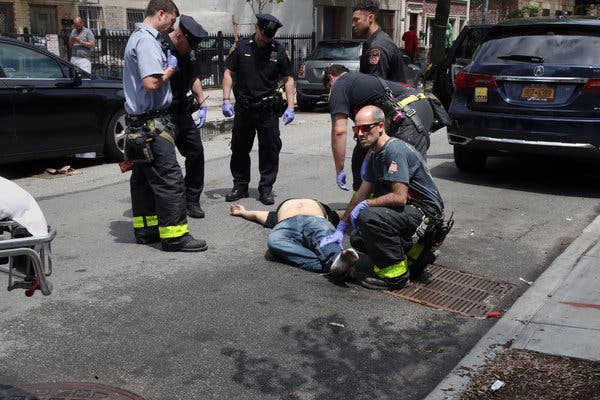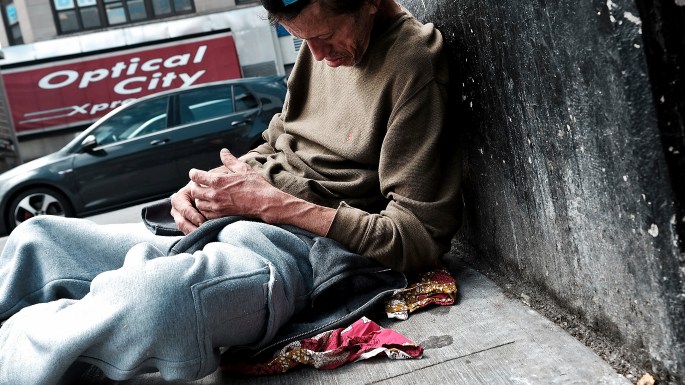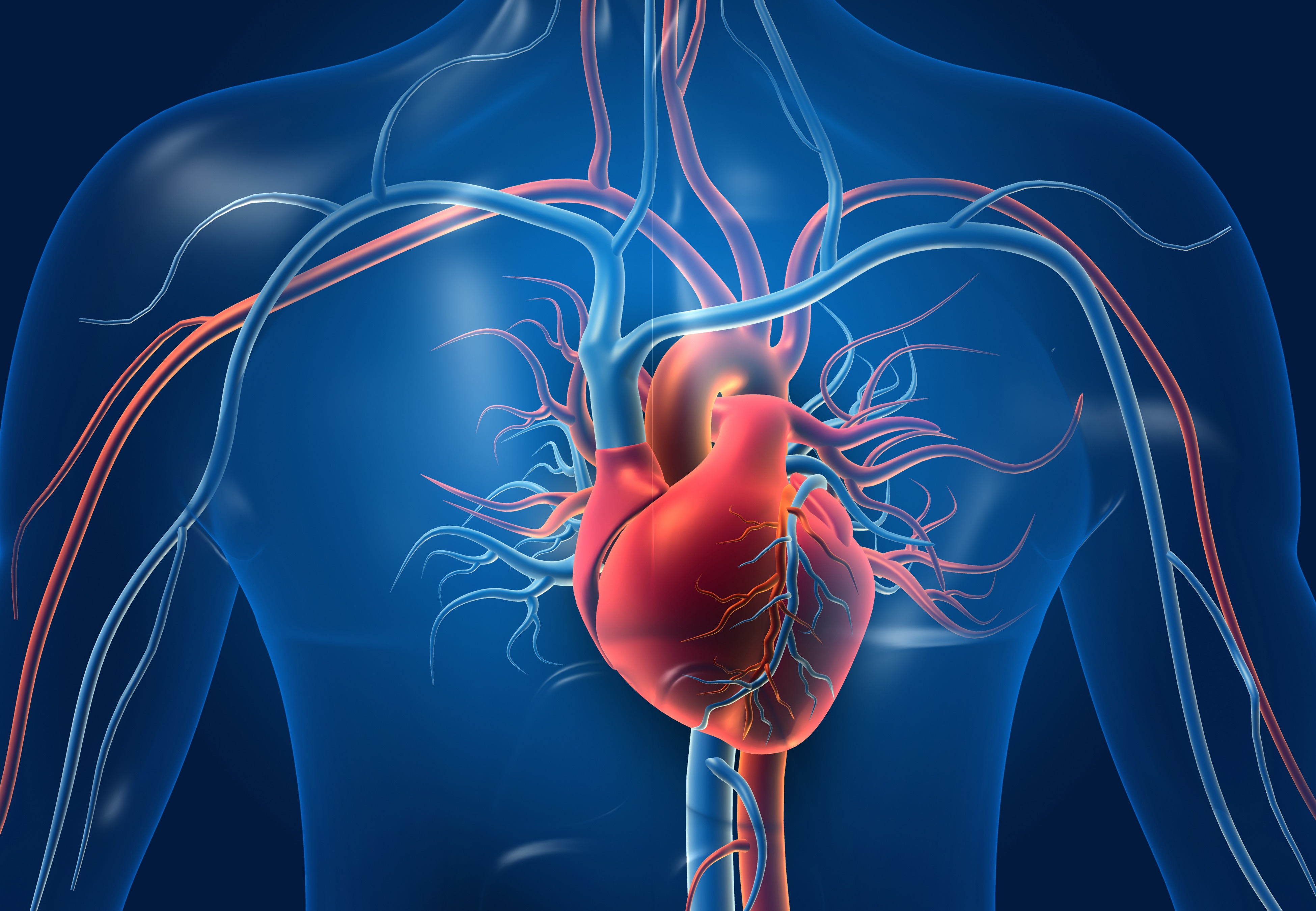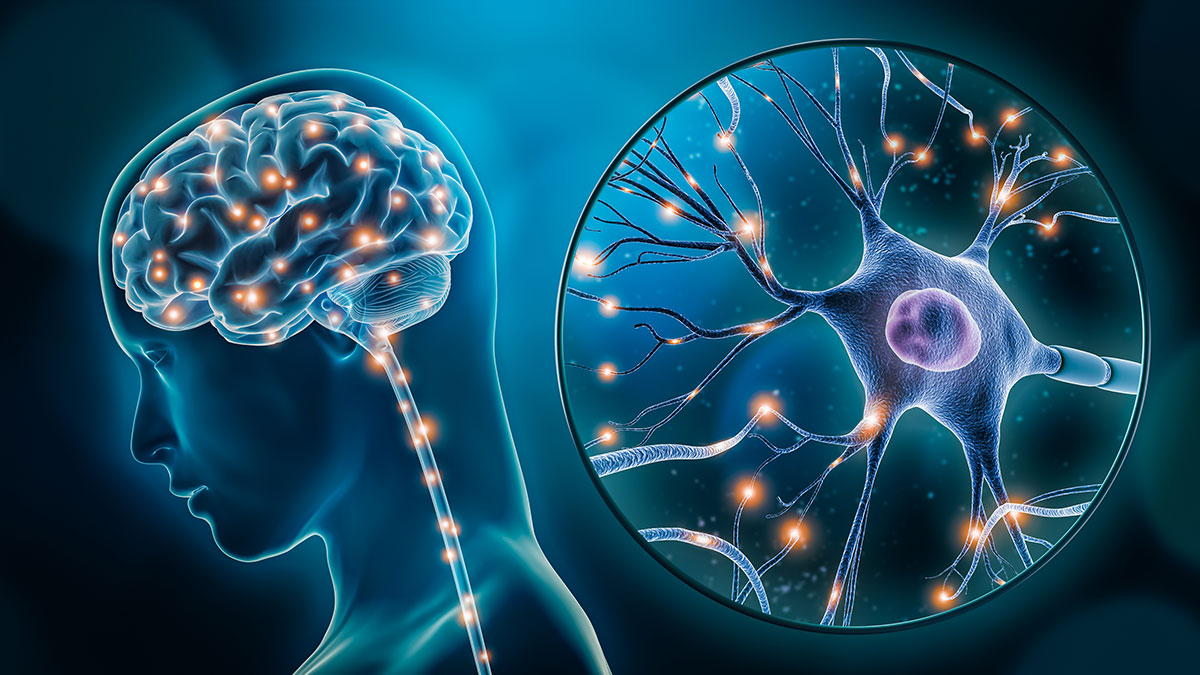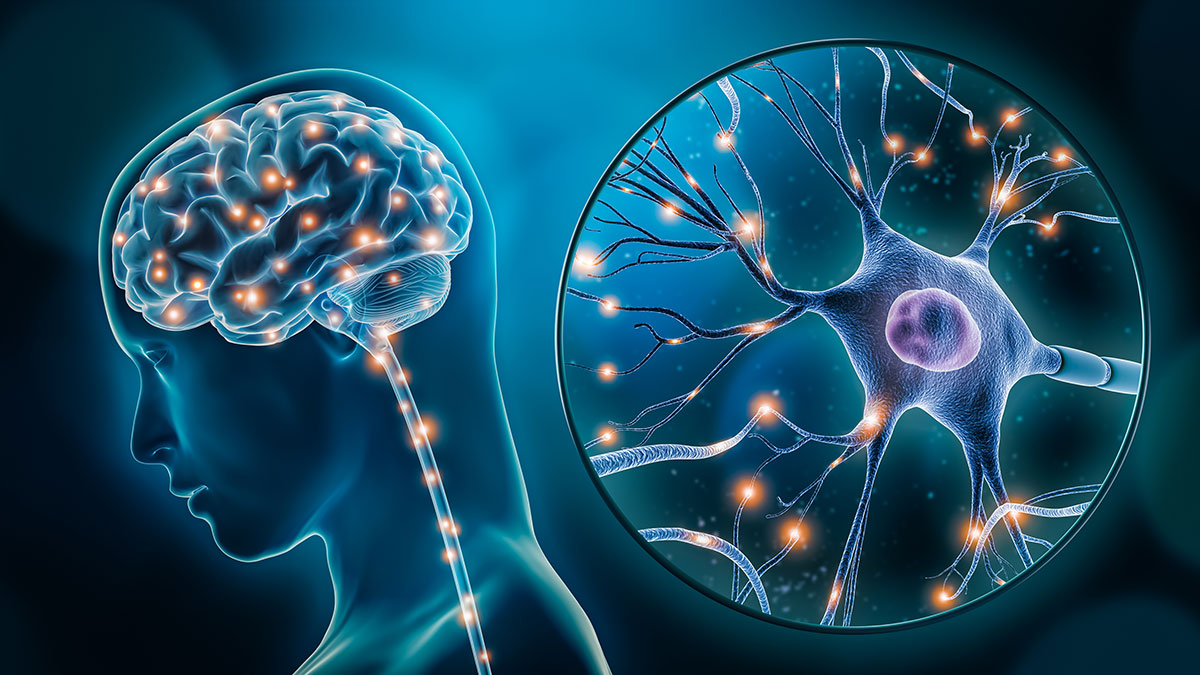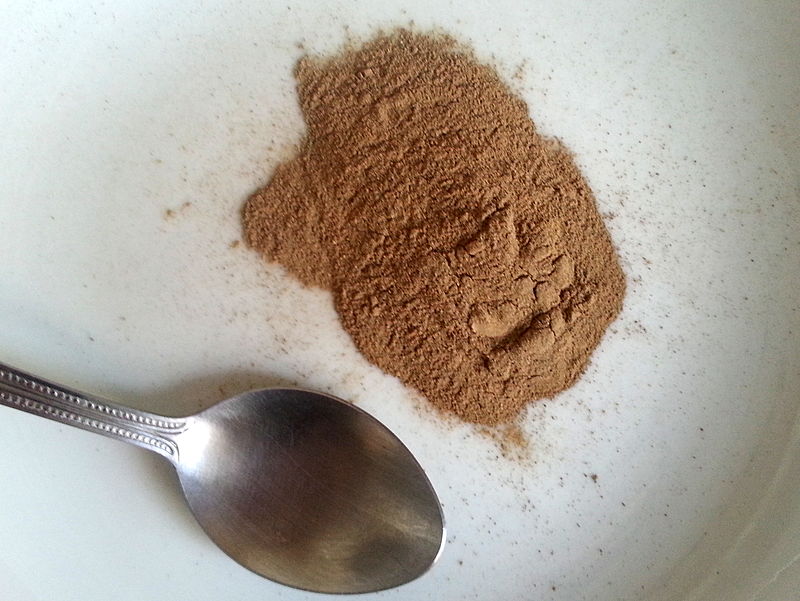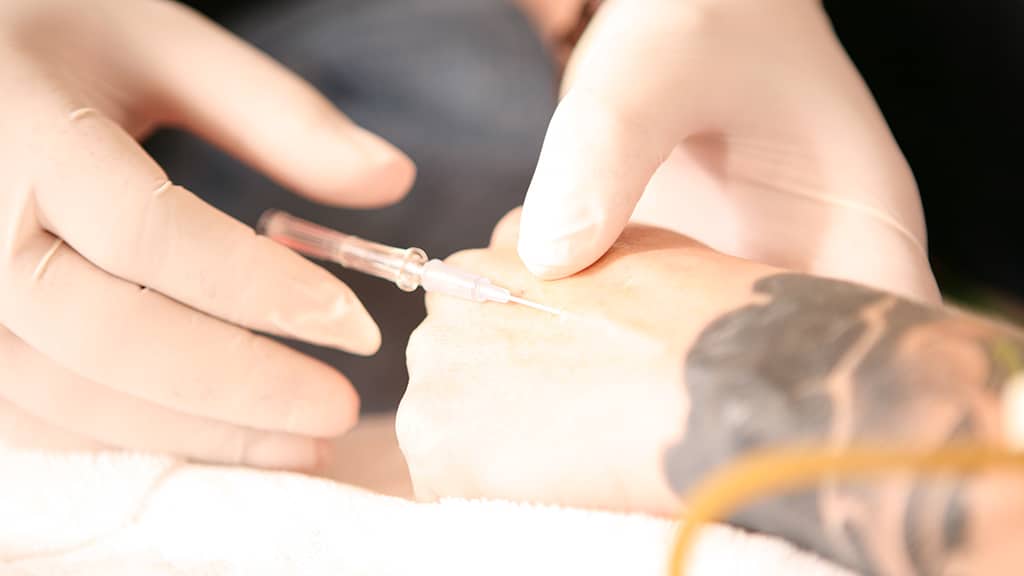mr peabody
Bluelight Crew

Ibogaine and the heart: A delicate relation*
Xaver Koenig, Karlheinz Hilber
Ibogaine has shown promising anti-addictive properties in humans as the drug alleviates drug craving and impedes relapse of drug use. Though unlicensed as therapeutic drug, and despite safety concerns, ibogaine is currently used as an anti-addiction medication in alternative medicine clinics worldwide. In recent years, alarming reports of life-threatening complications and sudden death cases associated with the administration of ibogaine have been accumulating. These reactions are hypothesized to be associated with ibogaine’s propensity to induce cardiac arrhythmias. The aim of this review is to recapitulate the current knowledge about ibogaine’s effects on the heart and the cardiovascular system, and to assess the cardiac risks associated with the use of this drug in anti-addiction therapy. The actions of 18-methoxycoronaridine (18-MC), a less toxic ibogaine congener, are also considered.
The mechanisms by which ibogaine exerts its psychoactive effects in the brain are only poorly understood, which is attributable to the alkaloid’s complex pharmacology. Effects on multiple neurotransmitter systems via numerous brain targets have been reported. Among those, ibogaine interacts with neurotransmitter transporters, opioid receptors, sigma receptors, glutamate receptors, and nicotinic receptors in low micromolar concentrations. Long-lasting effects after ibogaine intake are attributed to the alkaloid’s long-lived active metabolite, noribogaine.
Although all efforts to clinically approve ibogaine have failed as yet, NIDA has recently committed financial support for preclinical testing and chemical manufacturing, as well as control work intended to enable clinical trials to develop the synthetic ibogaine congener 18-methoxycoronaridine (18-MC) as a pharmacotherapy for addiction. 18-MC also exhibits anti-addictive effects, and is less toxic in animals than ibogaine.
Ibogaine’s complex pharmacology has a considerable potential to generate adverse effects. Besides neurotoxic actions, ibogaine also affects the cardiovascular system, and, in recent years, alarming reports of life-threatening complications and sudden death cases, temporally associated with the administration of the alkaloid, have been accumulating. It was hypothesised that the above-mentioned sudden deaths cases in humans were related to cardiac arrhythmias. These are most probably associated with ibogaine’s propensity to induce a QT interval prolongation in the electrocardiogram (ECG), which is known to enhance the risk for life-threatening Torsade de pointes (TdP) arrhythmia generation.
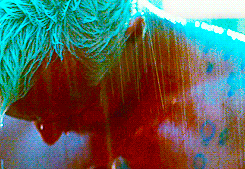
Effects on the cardiovascular system
Several indole alkaloids exert effects on the cardiovascular system, and have been or are still used as therapeutic drugs. Among those reserpine has a history as antihypertensive drug, and ajmaline is still approved as an antiarrhythmic medicine. Cardiovascular effects of iboga alkaloids have been known for many years. For example, Tabernanthine, contained in Tabernanthe iboga root bark extracts, induced bradycardia and hypotension in rats and dogs. Low doses of ibogaine didn't change the resting heart rate or blood pressure, but at higher doses ibogaine decreased the heart rate without affecting blood pressure.
In contrast, a significant decrease in heart rate was found in rats already at low ibogaine doses. 18-MC, even at high doses, did not show any apparent effects on either heart rate or blood pressure. Besides these findings on animals, anecdotal evidence suggests that ibogaine can also slow the heart rate in humans. Mash et al. performed intensive cardiac monitoring in 39 human subjects who received single doses of ibogaine for the treatment of cocain/heroin addiction. With dosages in the range of 500–1000 mg, six out of 39 subjects showed a significant bradycardia, and one subject a significant hypotension.
Ibogaine's effects on heart rate
A drug modulating several neurotransmitter systems, such as ibogaine, may generate effects on the cardiovascular system related to its central nervous activity. Further, ibogaine was shown to inhibit voltage-gated calcium channels in rat sympathetic and parasympathetic neurons via sigma receptor activation. This may influence cell-to-cell signalling in autonomic ganglia, and thus the regulation of heart rate by the peripheral nervous system. Interestingly, compared to ibogaine, 18-MC shows significantly less affinity to sigma receptors. If the heart rate is indeed affected by sigma receptor activation, 18-MC will be less effective in this regard.
Ibogaine’s bradycardic action is often related to stimulatory effects of the drug on the cholinergic system. Here, two possible mechanisms were proposed: (1) inhibition of acetylcholinesterase by the drug; and (2) an agonistic action on muscarinic acetylcholine receptors. 18-MC’s affinity for muscarinic receptors is at least two-fold less than that of ibogaine.
A further postulated mechanism by which ibogaine could induce bradycardia is a blockade of voltage-gated sodium channels. Indeed, ibogaine has low micromolar affinity for sodium channels in the brain, and cardiac sodium channel blockers can exert a bradycardic effect. We recently tested ibogaine’s effects on human cardiac sodium channels heterologously expressed in TSA -201 cells. To our surprise we found that low micromolar ibogaine (18-MC) concentrations did not affect Nav1.5 channel currents at all. Consequently, it is unlikely that cardiac sodium channel inhibition by ibogaine significantly contributes to bradycardia generation. However, in this context, the modulation of ion channels, representing major physiological determinants of the heart rate, deserves special consideration.
Ibogaine's effects on cardiac ion channels
Cases of ibogaine-induced QT interval prolongation and associated life-threatening TdP arrhythmias have been accumulating in recent years. The most common reasons for QT prolongation and arrhythmia induction by drugs are modulatory effects on cardiac ion channels. It is therefore noteworthy to look at ibogaine’s effects on ion channels with major importance for electrical impulse conduction in the heart. In this context, we have recently studied the effects of ibogaine and its congener 18-MC on cardiac sodium, L-type calcium, and "human ether-a-go-go-related gene" (hERG), and we found that cardiac sodium and calcium currents are not significantly modulated by ibogaine and its congener 18-MC in a regime of doses normally used to treat human addicts.
The described effects of ibogaine and noribogaine: prolongation and flattening of the human cardiac AP, and relative selective hERG channel inhibition as triggers of QT interval prolongation must be considered proarrhythmic. Moreover, ibogaine’s effects on in vitro cardiac electrophysiology within the drug’s therapeutic plasma concentration range, closely resemble the cardiac actions of formerly approved drugs like cisapride or astemizole, which have been withdrawn from the market because of their propensity to induce TdP arrhythmias.
Here we want to emphasize that not only QT prolongation itself, but also and especially a flattening of the repolarization phase in the AP is considered a proarrhythmic characteristic. Moreover, ibogaine’s effects on in vitro cardiac electrophysiology within the drug’s therapeutic plasma concentration range closely resemble the cardiac actions of formerly approved drugs like cisapride or astemizole, which are known to be unsafe, and have been withdrawn from the market because of their pronounced propensity to induce TdP arrhythmias. Thus, ibogaine, at the doses currently used in humans, must be classified an unsafe drug! Because of its considerably longer half-life in human plasma, ibogaine’s metabolite noribogaine might represent the major proarrhythmic factor. This clearly challenges the idea of noribogaine being considered a potentially safer alternative to ibogaine for anti-addiction medication development.
Risk factors
Based on the findings of the above described experimental studies and case reports on ibogaine’s cardiovascular actions, this section deals with risk factors and their practical impacts for the future application of ibogaine and 18-MC as anti-addiction drugs. First, application of ibogaine, should be done under strict medical observation and continuous electrocardiographic monitoring for an extended time period, which carefully takes noribogaine’s longevity in human plasma into account.
Secondly, prior to ibogaine application one must carefully consider additional risk factors for drug-induced TdP arrhythmias in a patient including female gender, prolonged baseline QT interval, bradycardia, abnormal electrolyte levels, pre-existing cardiovascular disease, ion channel mutations, drug-drug interactions, and genetic variants influencing drug metabolism.
For anti-addiction treatment with ibogaine, two risk factors deserve special attention: bradycardia and hypokalemia. Ibogaine itself induces bradycardia, and hypokalemia is frequent in drug users. Compared with the large number of people who have received ibogaine treatments over many years worldwide, comparably few fatality cases have occurred or have been reported. In addition, drug safety studies on human addicts performed under well-controlled conditions revealed no significant adverse effects.
Baseline screening should include a medical evaluation, physical examination, ECG recording, blood chemistries, haematological workup, and psychiatric and chemical dependency evaluations. In some cases more extensive evaluations should be performed to rule out cardiac risk factors and to exclude subjects for study entry.
Drug-drug interactions
Addicts often have a long history of substance abuse. Alcohol, heroin, cocaine, benzodiazepines, and methadone are among the abused substances, frequently also combinations thereof. Methadone is also prescribed for opioid substitution therapy. When ibogaine is administered to addicts, the presence of other substances in the patient’s blood plasma is not uncommon. This paves the way for adverse drug interactions.
Concerning the heart, alcohol, cocaine and methadone have been associated with QT interval prolongation. If relevant concentrations of such substances are still residing in the plasma when ibogaine is applied, the drug’s QT prolonging effect, and thus the risk of TdP arrhythmias will be raised. Here, methadone deserves special attention because it additionally has an exceptionally long plasma half-life.
Given that noribogaine has a long half-life in human plasma (1–2 days), the inhibition of its metabolism by other drugs will have strong impacts. Thus, cardiotoxic effects may persist for weeks after intake of a single dose of ibogaine. Therefore, we strongly encourage researchers to determine the pathways involved in the metabolic conversion of noribogaine.
Conclusions
Due to the longevity of noribogaine—ibogaine’s active metabolite—in human plasma, cardiac adverse events may also occur several days, in some cases weeks after intake of a single dose of ibogaine. Noribogaine, on the other hand, may also convey long-lasting anti-addictive efficacy after ibogaine application.
Future administration of ibogaine to treat addiction may be justified by the urgent medical need for an effective anti-addiction drug. Thus, the use of a drug known to prolong the QT interval must be based on risk-benefit analysis in individual patients. Where benefit outweighs risk, QT prolongation should not limit necessary therapy. Recommendations on prevention and guidelines for the management of drug-induced QT prolongation and TdP in hospital settings can be found in. Two things need to be carefully considered:
(1) Ibogaine application should only take place under strict medical observation and continuous electrocardiographic monitoring over a sufficiently long period of time.
(2) Additional risk factors for drug-induced TdP arrhythmias must be clarified prior to ibogaine application. Eventually, informed consent should be received from drug addicts, in which the risk of ibogaine-induced sudden cardiac death is appropriately highlighted. Based on the rapidly accumulating knowledge about the potentially harmful cardiotoxicity of ibogaine, the responsible medical authorities are now requested to define respective standards and exclusion criteria to allow for a safer ibogaine anti-addiction therapy in the future.
*From the study here:
https://www.ncbi.nlm.nih.gov/pmc/art...emss-62840.pdf
Last edited:













